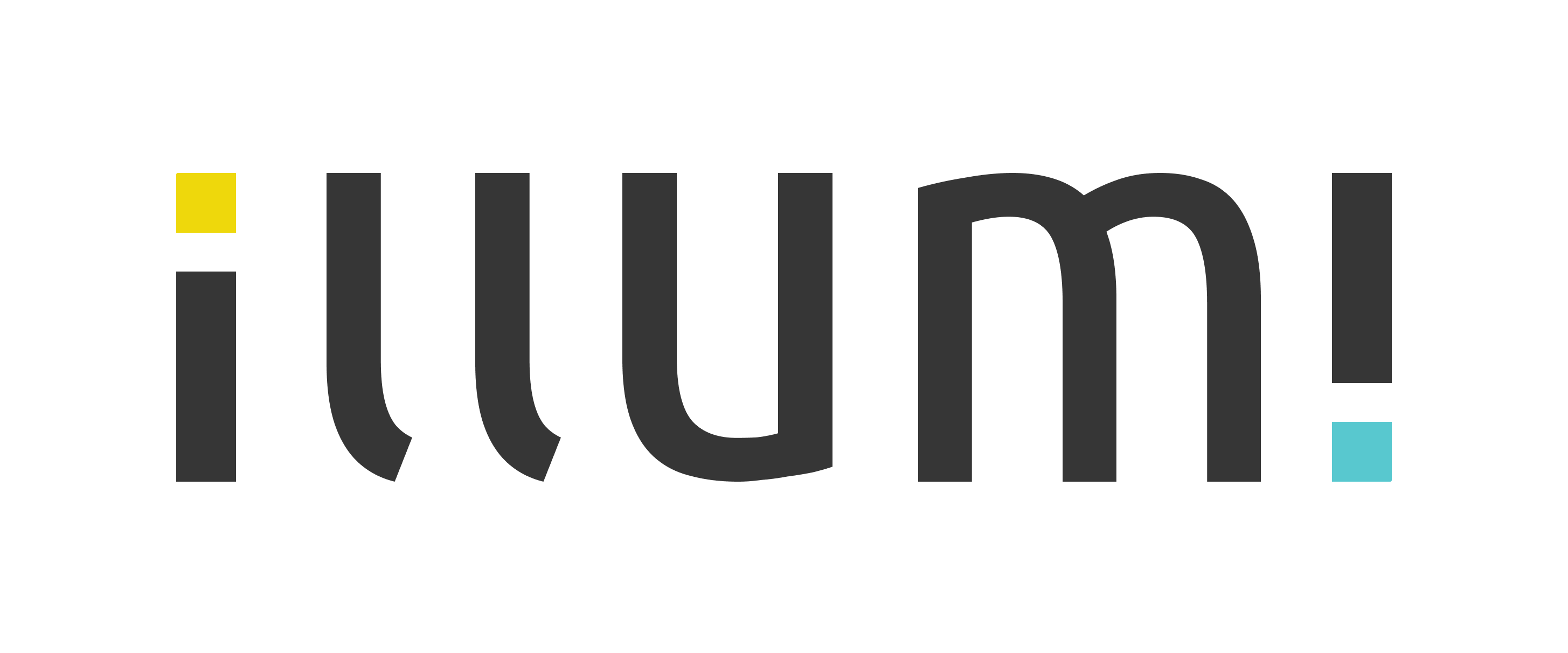我還記得當初夢想著能打造能改變人們生活的產品時,那股興奮的心情。我作為軟體工程師的第一份工作是在一家新創公司,當時完全憑著熱情往前衝。但在那段日子裡,寫程式就像在馴服一頭野獸。
每次開發新功能,總會搞壞其他東西,讓我只能沮喪地把自己寫的程式碼砍掉重練。我常常懷疑自己是否真的做得到。這種掙扎,對無數工程師來說再熟悉不過:陡峭的學習曲線、有限的資源,以及一個看似遙不可及的夢想。
現在,很多人開始開始都是 Vibe Coding,東拼西湊做出能動的東西,但很快就會遇到瓶頸。為什麼會這樣?我們該怎麼突破?
真正的困境:通往精通的障礙
剛入行時,光是找到對的知識就很難。程式設計的書又厚又難懂,跟我實際碰到的問題常常對不上。雖然有前輩願意教,但他們的經驗往往無法直接套用在實際工作中。
更難的是把學到的東西真正用出來。個人專案一做就是好幾個月,想在公司試試新東西又怕搞壞線上系統。我想做出有影響力產品的夢想,感覺就像海市蜃樓。我花了好幾年時間自學才撐過來,付出的代價真的不小。
這不只是我的故事。對很多人來說,尤其是在資源缺乏的地方,想接受好的科技教育依然很困難。沒有適當的指導、沒有安全的練習環境,再有天分也發揮不出來。我看過太多有才華的人,空有好點子卻無法實現,真的很可惜。一定有更好的方法。
AI:改變學習遊戲規則的工具
AI有機會打破這些障礙。想像有個導師能配合你的思考方式,把複雜的概念拆解成好懂、有共鳴的內容。我以前花了無數時間啃教科書,如果有這樣的工具,學習時間可能直接砍半。在現在這個到處都是干擾的時代,客製化學習不是奢侈品,而是必需品。
AI 還提供了我當時最需要的東西:一個安全的實驗空間。以前在公司測試新想法就像在賭博,一個不小心就可能讓整個系統掛掉。如果當時有 AI 能幫我模擬結果、產生練習專案和原型,又不會造成實際損害,我一定能學得更快、更有自信。
這項技術讓學習變得更平等,透過虛擬練習環境,打破資源和地域的限制,讓任何人在任何地方都能輕鬆開始。
Vibe Coding 的陷阱:為什麼只靠 AI 不夠
但 AI 不是萬能的。很容易就會掉進追求速成的陷阱,尤其是 Vibe Coding 的時候——只要下個指令,工具就能在幾分鐘內生出一個 app。感覺好像學會了,但其實只是假象。我自己也經歷過,為那些脆弱的 demo 感到興奮。在練習環境裡做出能跑的東西,跟為真實用戶打造穩定、好維護的軟體,根本是兩回事。如果你不懂 AI 產出的程式碼在做什麼,就等於在沙灘上蓋房子。我也曾想跳過基礎,結果證明那是錯的。AI 應該是鷹架,不是拐杖。它要幫助學習,不是取代學習。工程師一旦真正理解應用程式的設計,就能發揮 AI 的全部潛力,用 Vibe Coding 的速度產出正式上線等級的程式碼。但前提是要對架構有深入理解,才能有效指揮 AI。
願景:解決真實世界的問題
想像一下,如果工程師能透過 AI 快速提升技能,學習速度快五倍,會帶來多大的改變?想想那些能幫農民預測收成的工具,或是把偏鄉和醫療資源連起來的遠距醫療 app。這些不只是想法,而是真實存在的需求。
有了 AI 把門檻拉平,在地的人才就能解決真實的挑戰,把地方問題轉化成放眼全球的創新方案。這不只是寫程式而已,而是為社群打造真正有用的東西、創造影響力、推動實質改變。
通往精通的路
AI 大幅降低了進入軟體工程的門檻,但要真正精通還是需要投入。這項技術是強大的夥伴,不是捷徑。
透過 AI 更有效地學習、放心地練習,我們能培養出具備技能、深度和視野的新世代工程師,真正改變人們的生活。這個願景是實際可行的,但要看我們願不願意投入。我們要有意識地打造、把真實世界的影響力擺第一,還要不斷學習。
讓我們不要只是 Vibe Coding,讓我們為未來而寫程式。如果我能靠堅持從掙扎走到成功,想像一下有 AI 當夥伴,我們能做到什麼。工具都準備好了,人才也準備好了。該動手打造了。
I still remember the excitement of wanting to create products that could transform lives. My first venture was a startup, driven by sheer passion. Yet, coding in those early days felt like taming a wild beast.
Every new feature I built seemed to break something else, leaving me to undo my own work in frustration. I often wondered if I’d ever get it right. This struggle is a familiar one for countless aspiring engineers: steep learning curves, limited resources, and a dream that feels just beyond reach.
Many start with “vibe coding,” piecing together quick solutions, only to hit a wall soon after. Why does this happen, and how can we overcome it?
The real struggle: Barriers to mastery
When I began, accessing the right knowledge was a constant battle. Programming books were often dense and disconnected from the problems I faced. While mentors offered guidance, much of their advice didn’t apply to real-world scenarios.
Applying what I learned was even tougher. Personal projects dragged on for months, and experimenting at work risked crashing live systems. My vision of building impactful products felt like a distant illusion. It took years of self-education to push through, and at a significant personal cost.
This isn’t just my story. Access to quality tech education remains a challenge for many, especially in under-resourced areas. Without proper guidance or safe spaces to practice, raw talent often goes untapped. I’ve witnessed brilliant minds struggle to turn their ideas into reality, and it’s disheartening. There must be a better path forward.
AI: A transformative tool for learning
Artificial Intelligence (AI) has the potential to dismantle these barriers. Imagine a mentor that adapts to your unique way of thinking, breaking down complex concepts into manageable, relatable lessons. I spent countless hours slogging through textbooks; a tool like this could have halved my learning time. In today’s distraction-filled world, personalised learning isn’t just a luxury, it’s a necessity.
AI also provides something I desperately needed early on: a safe space to experiment. Testing ideas at work was always a gamble, where a single mistake could crash critical systems. If I’d had AI to simulate outcomes without real-world consequences by generating pet projects and prototypes, I could have learned faster and with greater confidence.
This technology democratises learning, bridging gaps in resources and location by offering virtual practice environments accessible to anyone, anywhere, with minimal setup.
The vibe coding trap: Why AI alone isn’t enough
However, AI isn’t a magic solution. It’s easy to fall into the trap of using it for quick wins, especially with vibe coding, where you can prompt a tool to generate an app in minutes. It feels like mastery, but it’s an illusion. I’ve been there myself, celebrating flimsy demos that barely held together. Building something that works in a sandbox is vastly different from creating reliable, maintainable software for real users.
If you don’t understand the code behind AI’s output, you’re building on sand. I’ve felt the temptation to skip the fundamentals, and it’s a mistake. AI should act as a scaffold, not a crutch. It must enhance learning, not replace it. Once an engineer gains a clear grasp of application design, they can unlock AI’s full potential to produce production-grade code at the speed of vibe coding. However, this requires a deep understanding of architecture to effectively guide the AI.
A vision for impact: Solving real problems
Imagine if engineers could leverage AI to up-skill at an accelerated pace, learning five times faster. The potential impact is immense. Consider tools that predict crop yields for farmers or telemedicine apps connecting remote communities to healthcare providers. These aren’t just ideas, they’re pressing needs.
With AI levelling the playing field, local talent can address real challenges, turning regional issues into innovative solutions with global relevance. This goes beyond coding; it’s about building for communities, creating impact, and driving meaningful change.
The path to true mastery
AI has dramatically lowered the entry barrier to software engineering, but achieving mastery still requires dedication. This technology is a powerful ally, not a shortcut.
By using AI to learn more effectively and practice without risk, we can nurture a generation of engineers equipped with the skills, depth, and vision to transform lives. The promise is tangible, but it depends on commitment. We must build with intention, prioritise real-world impact, and never stop learning.
Let’s move beyond coding just for the vibe. Let’s code for the future. If I could transition from struggle to success through sheer persistence, imagine what we can accomplish with AI as a partner. The tools are available. The talent is ready. It’s time to build.





